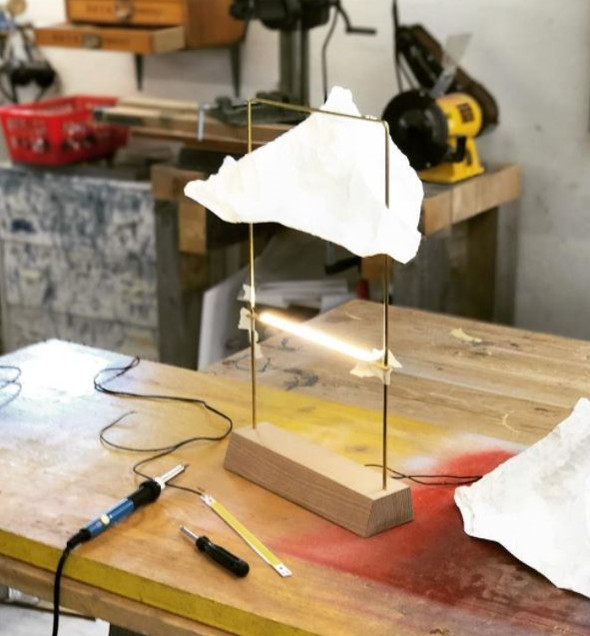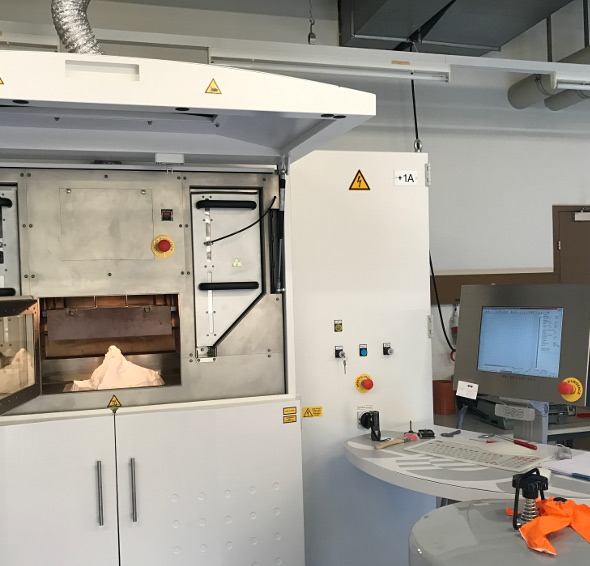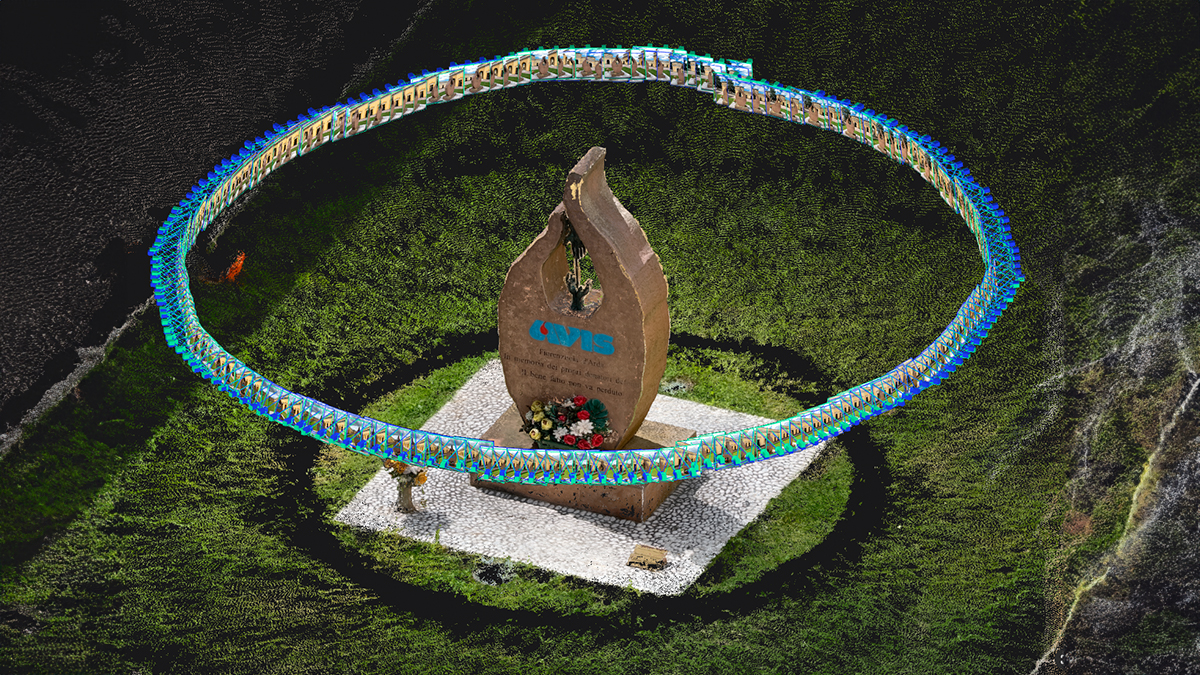Matterlight: Photogrammetry and industrial design
Innovative materials and digital techniques such as image-based 3D scanning, digital modeling, and 3D printing, are redefining physical materiality, and reducing the time from idea to market. Designers are moving outside boundaries that traditionally limited the creative and manufacturing processes.
Icon of worship
Led by his fascination for the Matterhorn mountain, Swiss product designer Boris Dennler created this table lamp to pay a physical homage to the iconic landmark.
Dennler is known for his unique pieces at the crossroads of art and design. He defines himself as a self-taught craftsman who navigates freely between styles and references and is just at ease in recycling found objects as in shaping highly technical and precise forms.
Pix4D provided him with a digital 3D model of the mountain. With this 3D model in hand, Dennler started an experimental journey, producing the Matterlight lamp as result.
Innovative materials
Designers are exploring a wide range of new materials, from bioresins and other sustainable biomaterials made of natural, renewable resources, and smart materials that react to adjustments of their surroundings like shape-memory alloys, and electro-luminent substances to nanomaterials.
Material libraries like Materia, Material Connexion and SCIN Gallery play a key role connecting designers with innovative materials.
Dennler chose a combination of high-tech and natural materials to build with.
The lamp is supported by a solid piece of local beechwood and framed and structured by a folded metal tube.

The lampshade is made out of Biothan 2MD 600T, a flexible and translucent bio-resin that combines sugar, rapeseed, and other bio additives among its ingredients. The white lampshade is unbreakable and toxin-free, and an energy-efficient, warm-white 10W COB LED light it up from the inside.
Digital techniques
To create the lampshade as an actual scale model of the Matterhorn mountain, the digital 3D model was 3D printed. Using the 3D print as base-mold, Dennler started an aesthetic and material research, perfecting shaping techniques and exploring material properties.
Digital techniques such as image-based 3D scanning, digital modeling, and 3D printing play an increasingly important role in industrial design. They are simplifying design workflows, speeding up and lowering costs of processes such as aesthetic and material research, concept development, virtual and physical prototyping, reverse engineering and manufacturing processes.

Pix4Dmapper photogrammetry software is making 3D scanning affordable and easily usable for an increasingly broad set of design professionals, working on projects ranging from product and spatial design to game and VR content production.
The Matterhorn 3D model
The digital 3D model created by Pix4D is the outcome of a drone-mapping project undertaken in 2013, jointly with senseFly, Drone Adventures, and Mapbox.
Each player brought in their expertise, Drone Adventures planned and coordinated logistics for this drone-mapping expedition, that started by climbing the Matterhorn mountain. Once the team reached the top of the mountain, at 4,478 m, they launched the senseFly eBee drone, and it started capturing pictures.
With 11 drone flights, the team captured 2,188 pictures, covering 2,800 hectares. Pix4D, processed these images, with their photogrammetry software Pix4Dmapper, transforming them into a digital 3D model. Mapbox displayed the model on their online visualization platform.
How can you start 3D scanning?
Using your handheld camera or drone, capture objects of any size, from something small, fitting in the palm of your hand to something as big as a mountain. Pix4D gives you the right tools to capture and reconstruct your world in 3D.
Create photorealistic, full-textured-mesh 3D models, import them into industry-standard 3D modeling software, share them on the web, social media and VR platforms or 3D print them.



